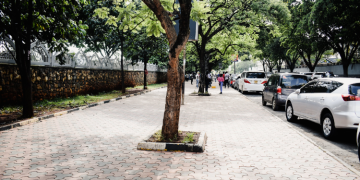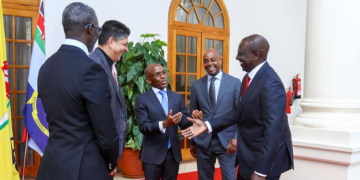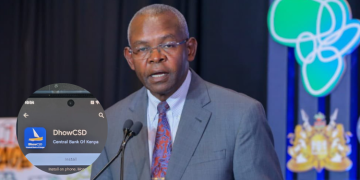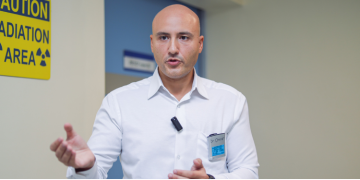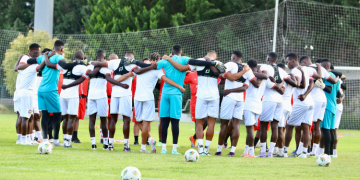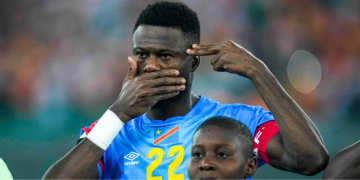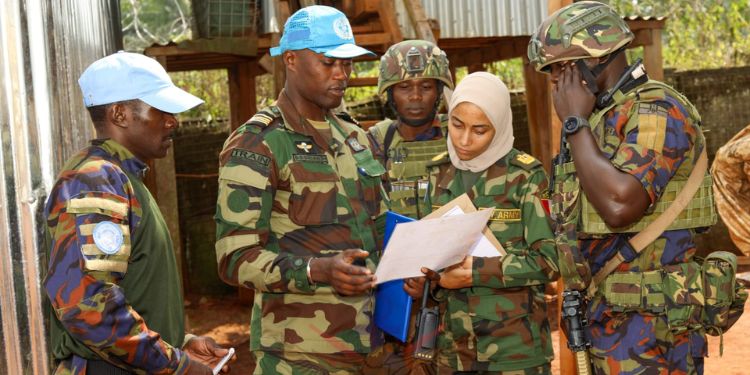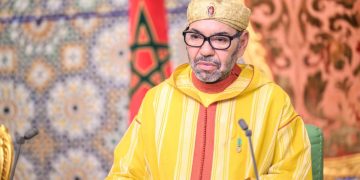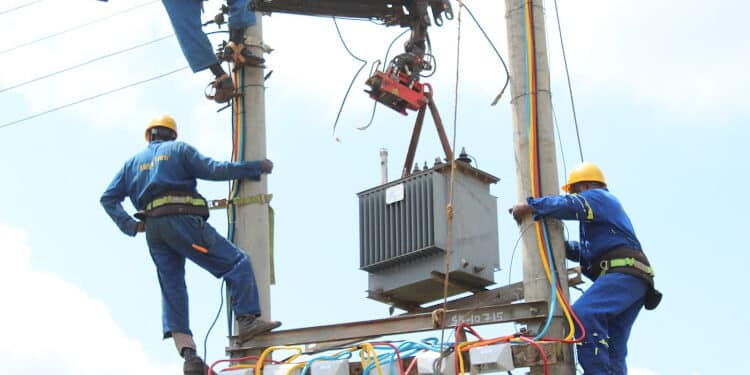A wave of student unrest has swept across Kenyan schools in recent months, leaving behind scorched dormitories, shuttered classrooms, and a nation grappling with uncomfortable questions. From Litein Boys High School in Kericho County to St George’s Girls in Nairobi, incidents of arson, walkouts, and mass protests have forced authorities to close institutions indefinitely. But beneath the smoke and broken glass lies a deeper story, one about generational shifts, systemic gaps, and the evolving dynamics of discipline and authority.
In September 2025 alone, at least ten schools in Kiambu’s Lari sub-county were shut down after students allegedly used WhatsApp to coordinate protests and pressure peers to go on the rampage.
At Litein Boys, unrest reportedly began over poorly cooked rice, escalating into a destructive rampage that left the computer lab and library in ruins.
In Nyamira County, students from Nyakeore Secondary marched to the county headquarters to protest the transfer of their principal, defying school authorities and demanding government intervention. These incidents are not isolated.
They reflect a growing pattern of defiance, frustration, and disconnection between learners and the systems meant to guide them.
Reality in schools today
In the midst of the school unrest, the teacher stands as both witness and casualty. Once revered as a moral compass and mentor, today’s educator often feels demoralized, caught between rising learner defiance and a system that offers little support.
Also Read: Schools Handed Tough Student Transfer Rules
Today’s learners, largely Gen Z, are growing up in a world vastly different from that of their predecessors. They are tech-savvy, socially aware, and increasingly vocal about their rights – it’s a generation that is woke.
The abolition of corporal punishment, while progressive, left many teachers without alternative tools for discipline.
Learners, now more aware of their rights than ever before, challenge authority with confidence but often without the maturity to balance rights with responsibility.
Teachers are expected to manage this shift with grace, empathy, and patience, yet many lack the training, resources, or emotional support to do so.
Teachers now face the challenge of maintaining order without the tools they once relied on. “We’re expected to manage behaviour with empathy and dialogue, but we lack training and support,” says a teacher from Bungoma High School, where a recent fire disrupted learning.
A secondary school teacher in Vihiga County also lamented that “We are no longer just teachers, we are counsellors, mediators, and sometimes scapegoats.”
No longer respected
The rise of social media has further complicated matters. Platforms like WhatsApp and TikTok have become tools for coordination, protest, and sometimes misinformation.
Students can rally their peers, share grievances, and amplify dissent in real-time, often beyond the reach of school authorities.
At the same time, students even compare teachers to influencers, question their relevance, and sometimes ridicule them online. For example, the phrase (hapa ni wapi Mwalimu wa Math) loosely translates to mean that the student is succeeding to the extent that the teacher didn’t think he or she would be able to succeed. The erosion of respect is palpable.
However, perhaps the most painful blow is the perceived decline in the value of education itself. With youth unemployment soaring, learners increasingly ask: What’s the point?
Teachers struggle to motivate students who see graduates languishing without jobs, degrees gathering dust, and dreams deferred.
Also Read: KCSE Candidate Suspended Over Chewing Gum, Ordered to Pay Ksh16,800
This disillusionment breeds apathy, rebellion, and unrest. Teachers, once the torchbearers of hope, now battle burnout and bitterness. The current educators are demoralized, demanding better pay, improved working conditions, and more staff.
Many schools have been left to run without the full control of the teachers as they used to. The result of this is idle students, anxious about exams, and prone to unrest.
Unfortunately, this creates a volatile environment,” lamented a parent from Meru School. Demoralized teachers, overwhelmed by large class sizes and limited resources, are struggling to connect with learners who increasingly view them as adversaries rather than mentors.
Restore dignity
To restore calm and rebuild trust, Kenya must take bold steps to restore dignity to the teaching profession and re-anchor the value of education in Kenya by employing trained counselors in every school to reinforce guidance and counseling, ensure digital literacy, and promote responsible use of social media by clearly stating the consequences of online behavior.
Reinvest in teacher welfare, reframe discipline models in schools, reconnect education to opportunity, and rebuild trust through community engagement.
The unrest in Kenyan schools is not just a disciplinary issue; it’s a mirror reflecting societal shifts, generational tensions, and institutional shortcomings.
Gen Z learners are not inherently unruly; they are navigating a complex world with tools and freedoms previous generations never had.
It’s up to educators, policymakers, and communities to meet them where they are and guide them toward a future built on respect, responsibility, and resilience.
Restore the dignity of the teacher by demonstrating that the teacher is not the enemy. They are the bridge between generations, the keepers of knowledge, and the guardians of potential. If Kenya is to heal its schools, it must first heal its teachers.
This article was written by Muthoni Wangila, a lecturer and researcher at Lugari Diploma Teachers College, email: [email protected].
Follow our WhatsApp Channel and X Account for real-time news updates.





